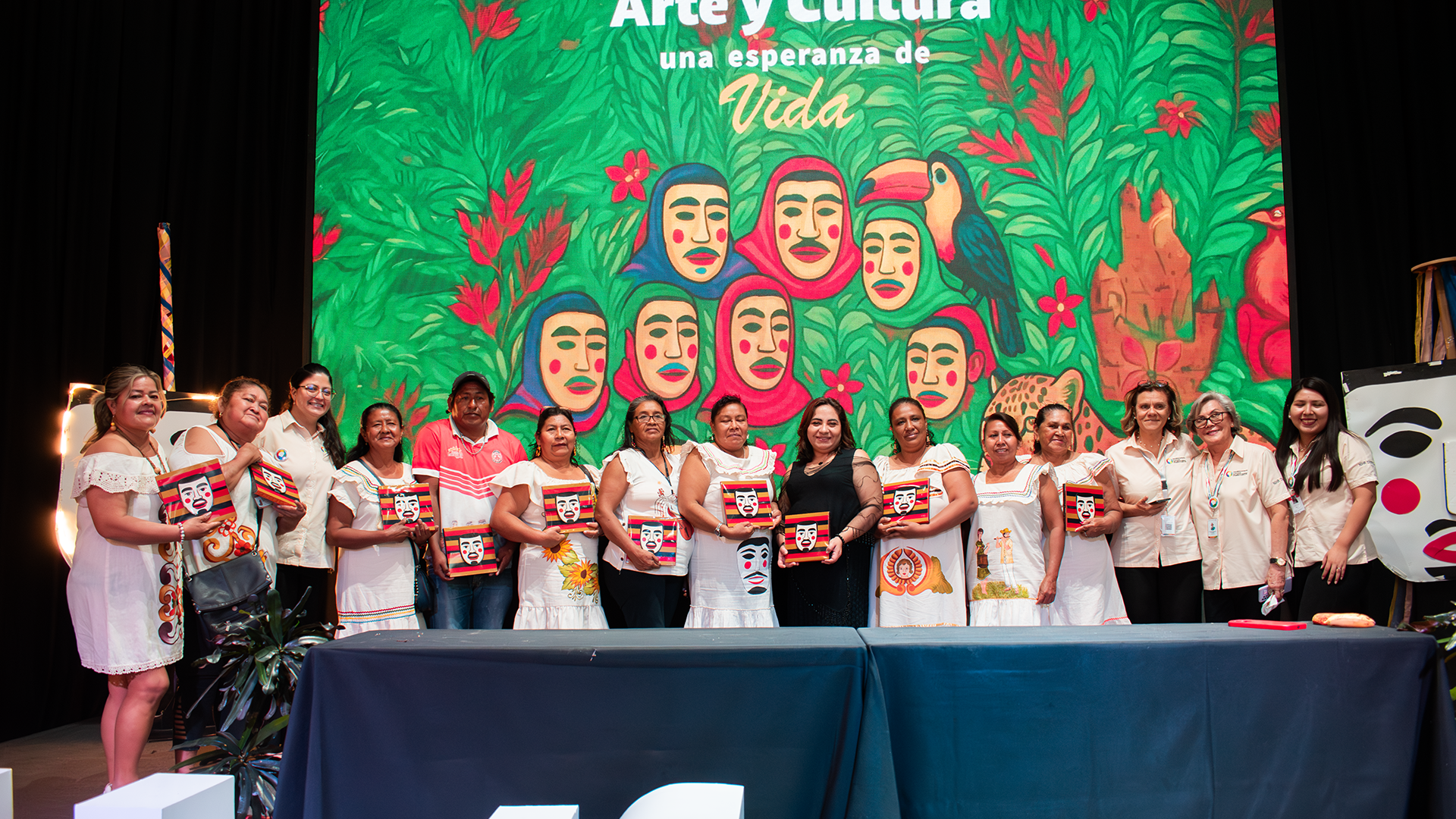In a world where non-communicable diseases (NCDs) represent a growing challenge for public health, we understand that health is built through the interaction of community, emotional, and cultural elements.
From NIHR LatAm, we promote research that explores how art and culture can support the care of non-communicable diseases and generate new ways of understanding the relationship between community and health.
As part of this research, the catalog “Art and Culture: A Hope for Life” was presented, the result of a joint process of research and co-creation with the inhabitants of San José de Chiquitos, in Santa Cruz de la Sierra, Bolivia.
Art and culture are no longer restricted solely to the expressive or therapeutic sphere. As Lita Domínguez, researcher and author of the catalog, states: “Art allows us to explore emotional, symbolic, and cultural dimensions that often do not emerge in interviews or surveys.”
Through painting, dance, music, or embroidery, communities express knowledge, memories, and emotions that not only contribute to collective well-being but also enrich qualitative research, providing data and perspectives that traditional methods often fail to capture.

Health with Community, Health with Culture
The initial diagnosis of this research revealed that significant gaps remain in the region regarding the care of mental health and chronic diseases: a lack of specialists, incomplete data, and low integration of psychosocial aspects in treatments. In this context, art becomes a bridge.
“This project demonstrates that there is no health without community and no community without culture,” stated Dr. Lucía Alvarado, regional manager of the NIHR project in Bolivia.
Along the same lines, Dr. Estela Tango, regional coordinator of NIHR in Bolivia, emphasized: “Incorporating cultural spaces into health strategies allows us to connect with emotions and local identities, fostering social cohesion and collective well-being, especially in historically excluded communities.”

A Catalog that Breathes Territory
The catalog presented in Bolivia is not simply a visual document, it is an emotional map of San José de Chiquitos that conveys a clear message: mental health care is also built from cultural identity.
Mauricio Baspineiro, research assistant and designer of the catalog, noted: “The catalog managed to reflect the identity and emotions of San José de Chiquitos because it was built from the authentic testimonies of the community, maintaining their own words and ways of expressing how art and culture strengthen their well-being and sense of belonging. Each page conveys pride, sensitivity, and collective memory, showing that cultural practices are a fundamental part of the lives and health of the people of San José.”
This process not only contributes to community well-being but also opens paths toward intercultural public policies, where art becomes an integral and essential component of health.
This project, which as part of the Community Connection Component includes the presentation of three catalogs in Latin America, is funded by the National Institute for Health and Care Research (NIHR). It emerges from joint work between universities in the region and Europe. It is led by Queen Mary University of London, with the participation of Universidad Franz Tamayo Unifranz in Bolivia, Pontificia Universidad Javeriana in Colombia, and Universidad Rafael Landívar in Guatemala.
At NIHR LatAm, we believe that to understand and improve quality of life in our communities, it is essential to integrate science, art, and culture into a shared dialogue.
👉 Discover the digital catalog of Bolivia here: Art and Culture: A Hope for Life


